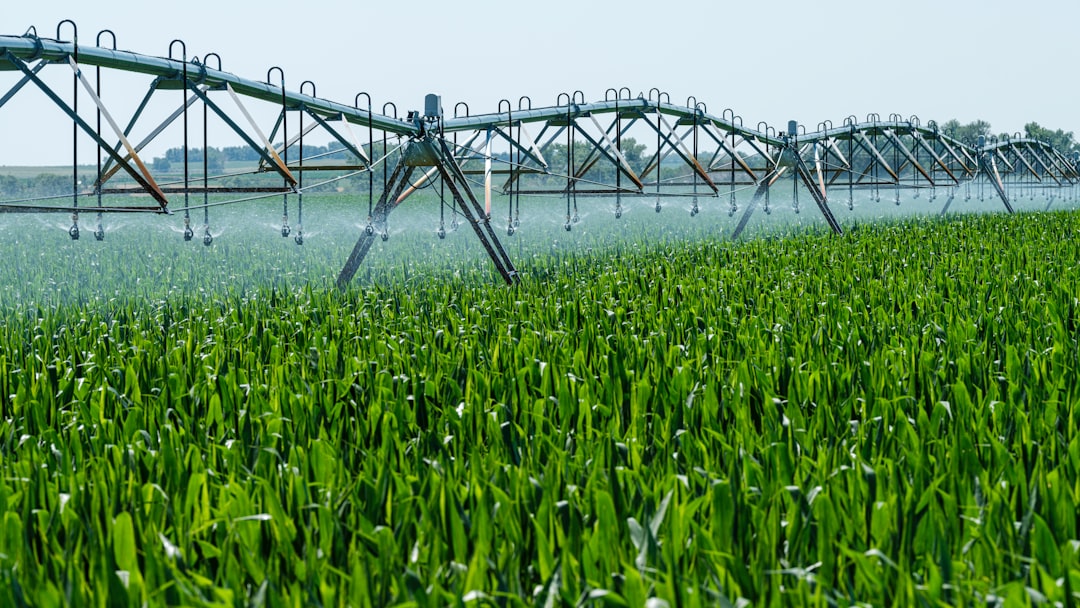What is it about?
Turbulent fountains have several relevant applications, for instance, selective withdrawal, desalination plants and the replenishment of magma chambers. In particular, an essential technological application of turbulent fountains is the Selective Inverted Sink (SIS) device, aimed at mitigating frost damage in agriculture. This paper analyses the flow organisation of turbulent fountains with the Lagrange Coherent Structures. Based on them, we propose a technique to classify and compute the entrainment and re-entrainment flow rates responsible for the mixing processes.
Featured Image

Photo by Cole Marshall on Unsplash
Why is it important?
From calculating the dominant Lagrangian coherent structures, we gained much insight into the flow organisation of turbulent fountains. Based on such structures, we propose a criterion for delimiting the boundary surface of the uprising fountain, and we quantify the entrainment and re-entrainment rates that compound the mixing process. Finally, we identify turbulence as the primary mechanism favouring the Selective Inverted Sink device's efficiency.
Perspectives
I find the study of mixing processes, both in fluid mechanics in nature and technological applications, fascinating. Lagrangian Coherent Structures (LCS) are a powerful tool to be applied in a wide range of research in the field. Based on them, not only can we gain insight into the organisation of a given fluid flow, but also we can explode them to identify surfaces where mixing occurs and quantify the exchange flow rates along them. After writing the present paper, I can be sure there are still more features of the flow to be elucidated from the LCSs.
Dr Daniel Freire Caporale
Read the Original
This page is a summary of: Elucidating coherent structures, transport barriers, and entrainment in turbulent fountains in stratified media, Physics of Fluids, August 2022, American Institute of Physics,
DOI: 10.1063/5.0098826.
You can read the full text:
Contributors
The following have contributed to this page










